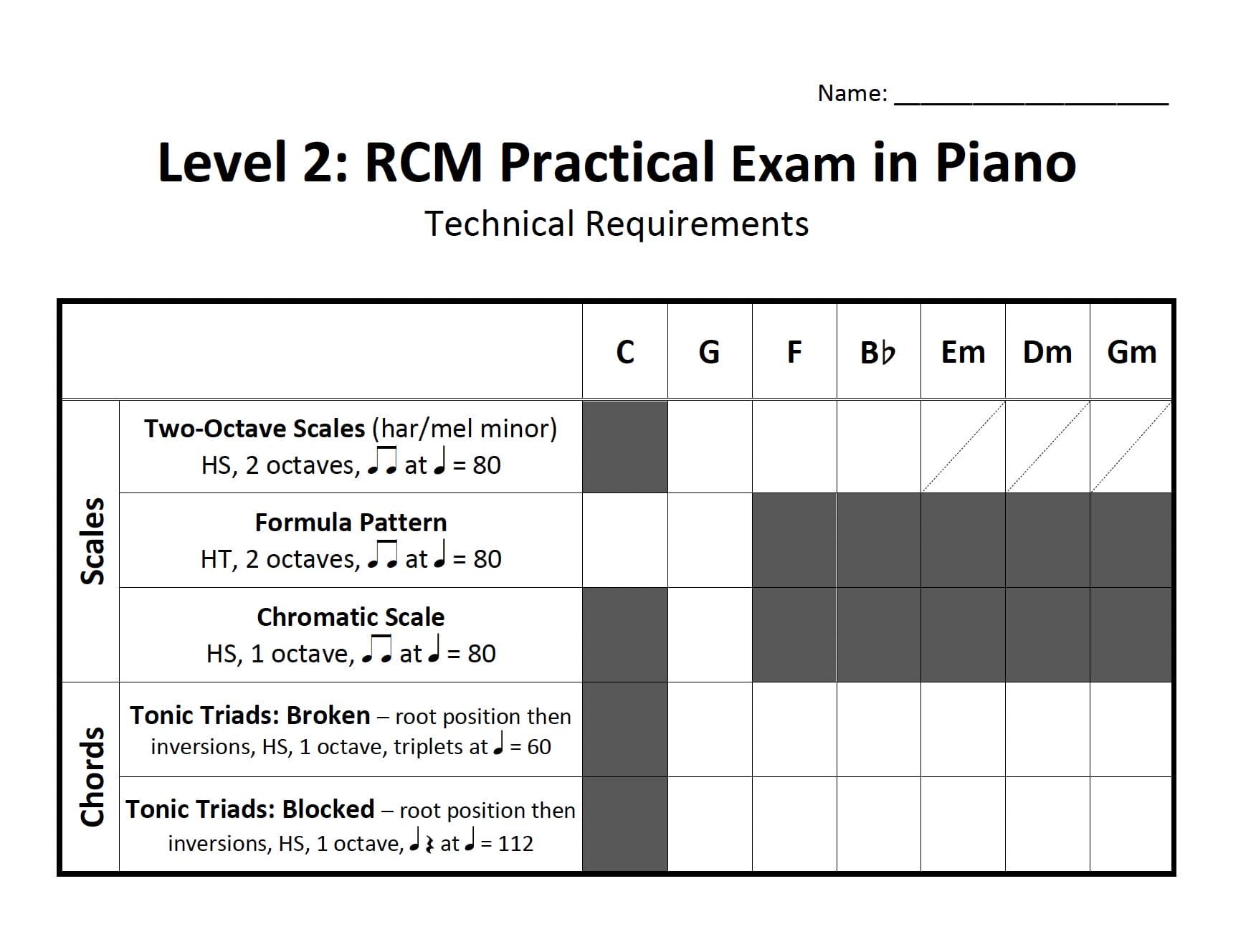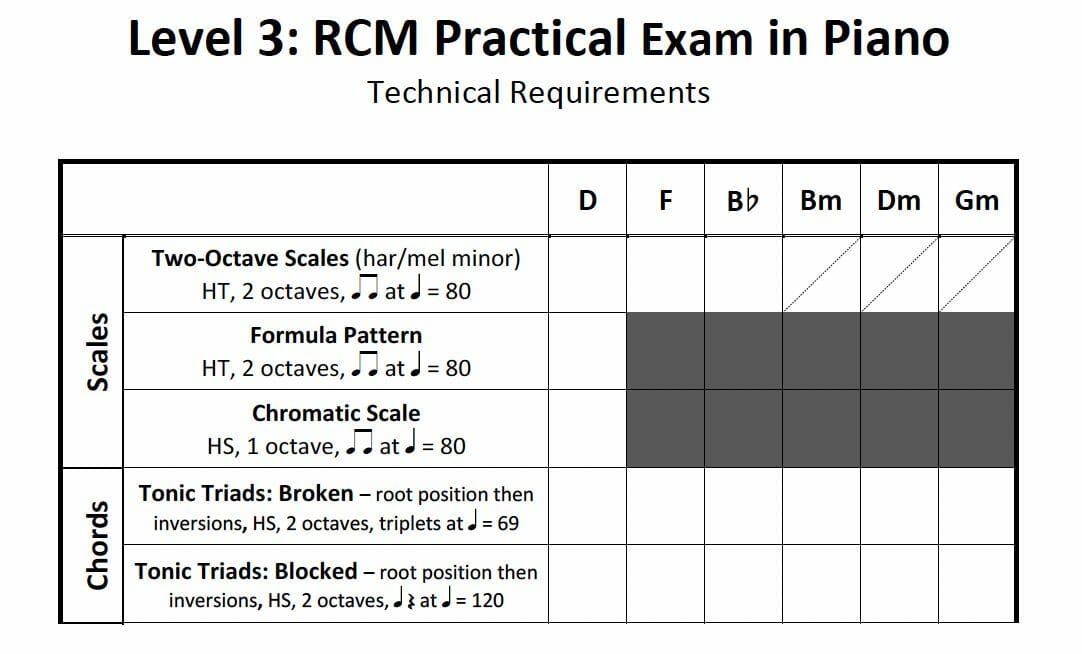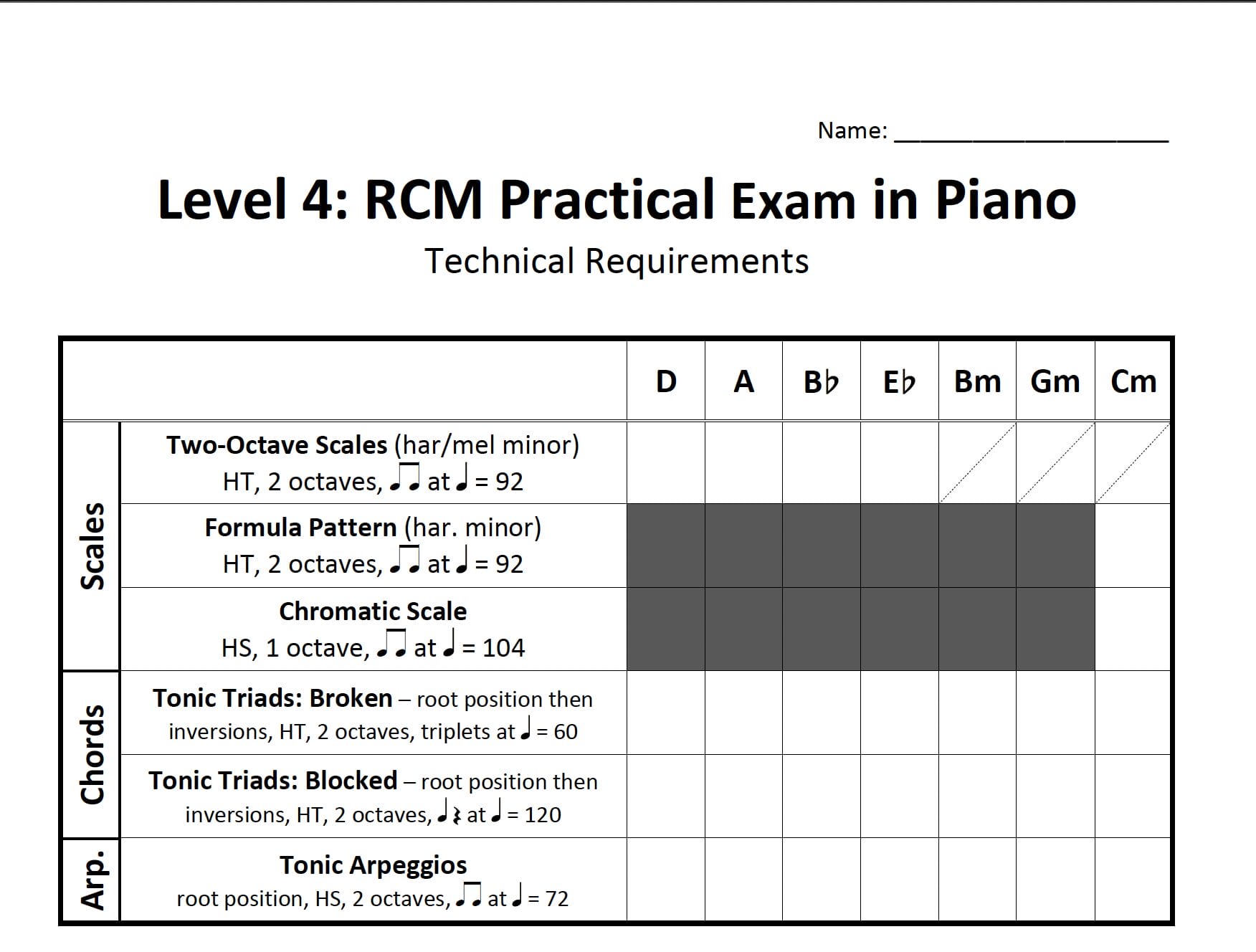I’m happy to be back and hear all you lovely people and see your shining faces! At the bottom I’m going to attach all of your technique requirements so we don’t let anything slip through.
Our recital is Sunday May 5th at 12:30 OR 1:30. At least half of you are already signed up, but we’d love to see you all there.
Liam
You can start testing your memorization of repertoire (not etudes) by setting the book open beside you. Do not play Minuet from memory until you’ve got the extra LH notes the second time the theme plays solid.
Sonatina in G major – Think dynamics dynamics dynamics. When you lock in and think about making it really sing, it sounds lightyears different then when you’re just trying to get through the piece. Polishing mode ON!
Walk the Talk – WOOHOO! Make sure the G is ON the beat and the dotted quarter notes are syncopated for *that* part.
Minuet in G – Great work! 1. Add in trills, they are just little quiet additions to make the line more beautiful, they should not change the rhythm of the other notes or be loud and stick out. 2. Add in the circled LH notes you keep forgetting 3. add in LH for the second half. Notice the patterns and sequences. The phrase endings are classic I-V-I cadences, just represented with fewer notes.
Prelude VII – 1. Pedal – you can practice the pedal with just the LH to get it easier, think as soon as your LH pinky plays, raise and lower the pedal. Try and do it only enough that the sound breaks, and not big enough that the actual pedal mechanism makes a clunk. 2. Phrasing of RH. Look to dynamics. 3. Rhythm of dotted half note and then quarter note, just play on beats 1 and 4.
Technique – Keep on keeping on! If you need any more resources, look at this https://www.youtube.com/watch?v=4xSaKNyGX2c&ab_channel=ClassicalSqueak
Katarina
Somewhere over the Rainbow – We will add chords to this next week
We will play the game in your book about the honey next week. You played the two honey pieces well! Play any other written pieces prior to this in the book, you have the skills!
Marita
*New* Allegretto in C by Neefe – HT for the A and B section. Notice the two bar sequences in the B section and how they get quiter each time. Great great reading, and articulation!
Today we did some awesome voice leading using both hands for vi-IV-I-V in C.
Sara
Air in Bb – Very nice even tempo! Try adding some dynamic shaping to even the little 16th note lines, like a small swell as it raises and lowers. Dynamic range can be bigger and more dramatic.
Sonatina in C – Your balance is getting better! Be proud! Careful the 16th note runs in the RH do not become swung or uneven.
Nighttime – use a swing beat as a metronome, there are only specific spots you tend to rush. Great attention to details on the rests.
Cloud Dance and Ballade– I’ll hear next week
Technique is all great, love the shaping and the examiner will too.
https://www.rhythmrandomizer.com?s=34020608403010205060d0e10
Ear training mock exam part 2 (5 minutes long)
Marco
Minuet – count quarter notes even. The tempo you are currently at is the final tempo, it is not a fast piece.
The Snake – eliminate hesitation between when one hand stops and the other ends. LH line I circled some notes you forgot to play.
Song of the Dark Woods – LH fingering in the 3rd line is necessary for legato. Do not bump the last LH note of each line, float off beautifully. Start quiet so you have somewhere to grow.
Morning Fanfare – LH rhythm is just quarter note-8th-8th, you do not keep to copy the RH’s 16th note. Practice doing the LH rhythm like a staccato robot, on the piano or just tapping your hand, while playing the RH. Listen.
Superman – First part after the intro is HT with C B A G in the LH as quarter notes. Second part is HT but just C whole notes in the LH until the phrase ending. Final section will be C in quarter notes under the opening intro rhythm in the RH. Go slow and you can just hit a nearby surface in the correct rhythm with your LH while acually playing the piano with your RH.
Daniel
Periwinkle – Great attention to detail! You said you want to do the dynamics even more dramatic and I agree. I circled the quarter rest before the ending.
Breezy – Also very nice! Good lifting between the 2 note slurs.
Entree – nice trill technique, ensure they are not really long though, only as many notes as are written at the bottom of the page, light and easy.
The Wind – practice pedalling in the 3/4 section by blocking the chords to make it easier, as soon as you press the “new” note (as in the chord has changed) lift up your foot and then put it down quickly. Don’t do this *before* the new note. LH Fingering! 1235 to make it legato as you switch chords.
Technique – Spend some time doing chromatic again, keeping the fingering the same ascneding and descending. Remember to use the fingers in the order they are on your hand when playing two white notes beside each other, no need to cross over. Reference this if you need ANY help.
Greta
Minuet in F – Nice work! Ensure you are keeping the rhythms steady and consistent. “Run-ning walk walk” is the main rhythm of this piece. How you play it in the B section is correct and is how they should all sound. Today we played it at 100 bpm and it sounded nice and steady. We want to get it to 120 eventually.
Follow the Leader – Staccato!! Fix one note I circled (D in hands). Add dynamics in now.
Red Satin Jazz – Great job!! Awesome rhythms and fingering. Trust yourself with the 6ths, you’re doing it right. In the B section, the RH first does a C triad inversion, then a root position F – they are not the same shape.
Detectives – key signature!! All Bs and Es are flat. Use the RH fingering to keep it legato, detach and bounce the LH.
Technique – Keep working on your scale fingering. Reference this if you need ANY help.




